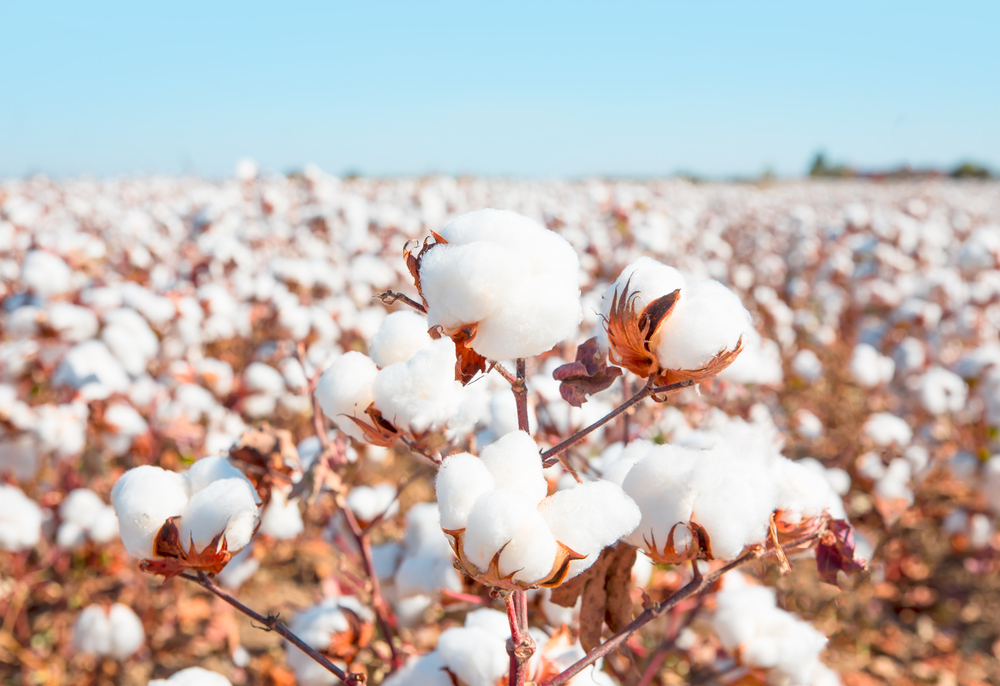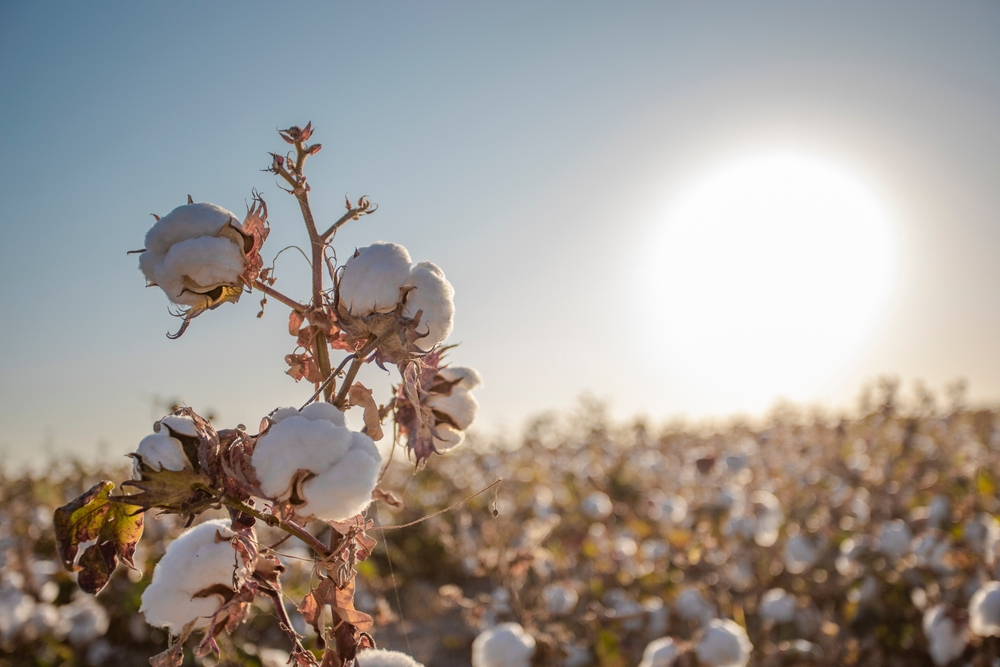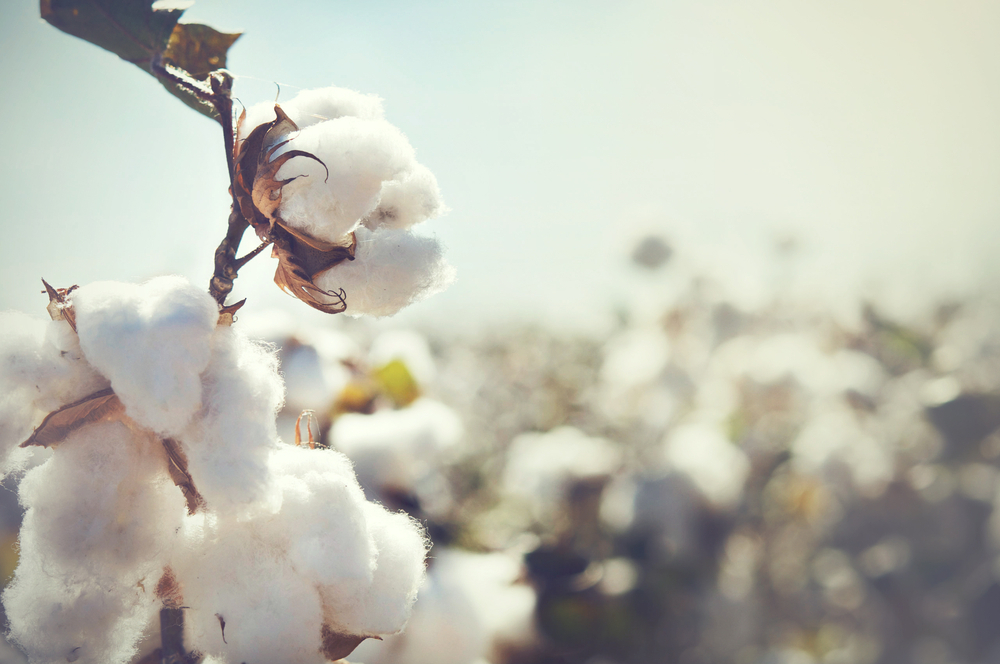Cotton planted types:
1. Gossipum Hirsotum – Upland cotton (accounting for more than 90% of global production, typically high quality cotton with high strength and elasticity).
2. Gossypium herbaceum – grassy cotton (original to Pakistan, India and some parts of Africa).
3. Gossypium barbadenzi – It is grown in Egypt, Sudan, the United States of America, Brazil and Peru.
4. Gossypium arborium – Cotton tree (original to Pakistan, Sri Lanka and India). It is not widely grown, because it usually gives short fibers of poor quality
Cotton is grown in areas with warm climates. China, the United States, Uzbekistan, Brazil, and Turkey are some of the world’s leading countries in cotton production. In the United States, cotton is grown commercially mainly in the southern states (Texas, California, Georgia, Arkansas, Oklahoma and others)
Sudanese cotton:
1. Short-staple cotton: It is the one whose staple length is less than an inch, and is usually rough in texture and has little elasticity.
2. Medium-staple cotton: Its staple length ranges from one inch.
3. Long-staple cotton: It is the one whose staple length is more than an inch. This type is considered the best and highest quality type of cotton.
Cotton in the rain-fed sector:
1. The bar in the tropical Nuba Mountains.
2. Two acres in the Damazin region. Varieties whose cultivation has not been expanded. Al-Mak (8) 151. It is commercially known as Bakrin “83.” Shambat (S) and is commercially known as Nuba 82.
3. Akala 93, known commercially as Nubia 93 Sudan Akala.
Cotton in the irrigated sector
• Barakat — Bakan 90 — Akala (Barak 67b) — Akala the Improved (Barak 2069)
Sudan has gained extensive experience in the field of cotton cultivation due to its entry into the agricultural cycle since the 1930s during the era of the British occupation, for the purpose of feeding factories with their need for raw cotton, which is grown in an area of up to 600 thousand acres in the Al-Jazeera project, which was founded in 1925 as the largest agricultural project. in the African continent.
Sudan’s crop recovered somewhat in the year 1933-1934 compared to what it was in the previous season, while Uganda’s crop fell below its maximum level reached in 1932-1933.




